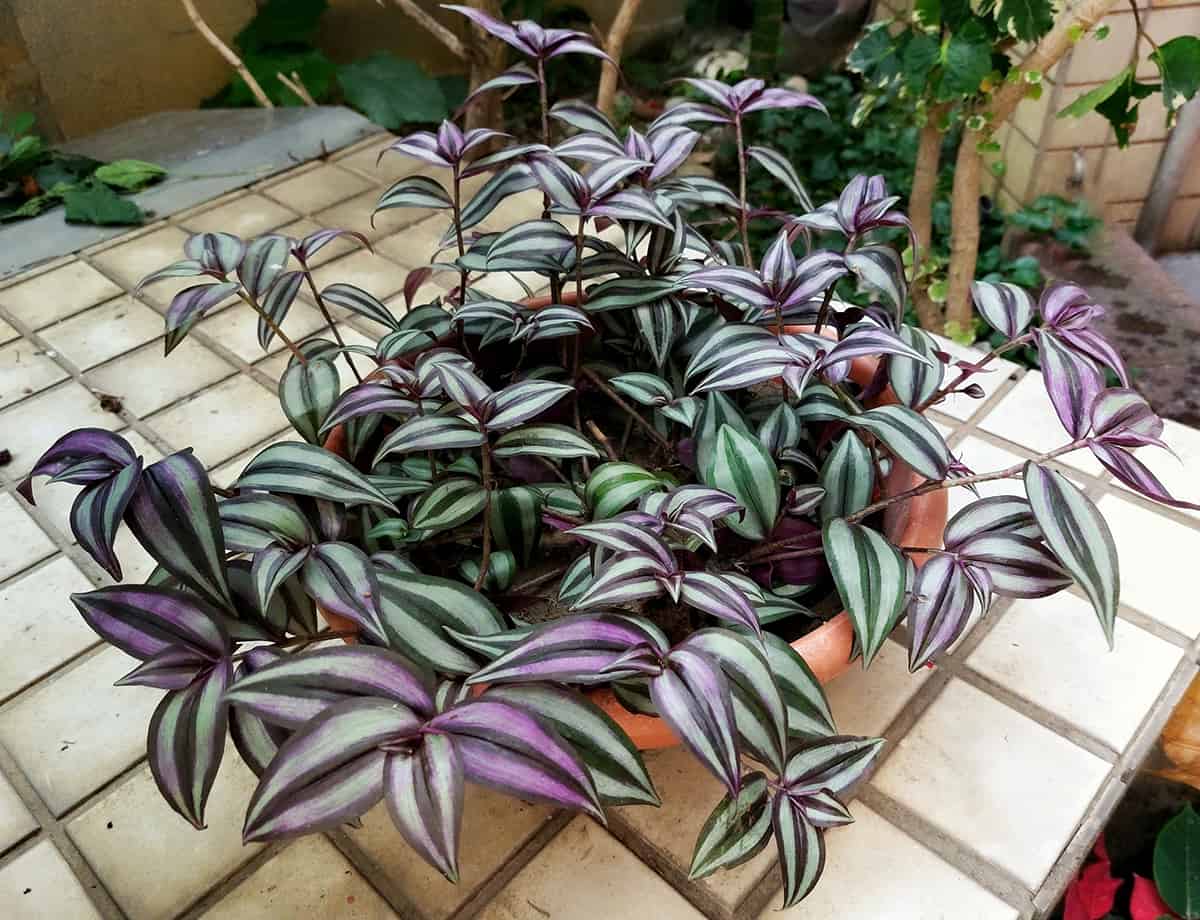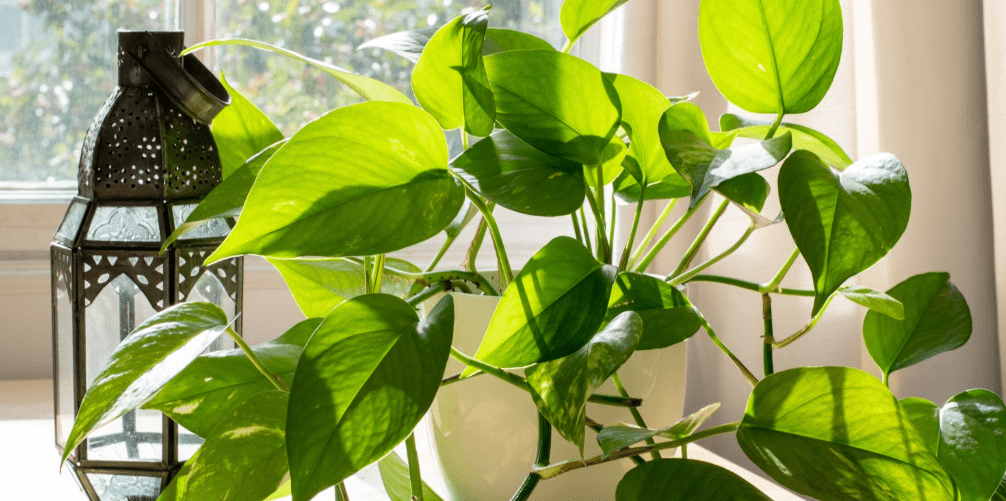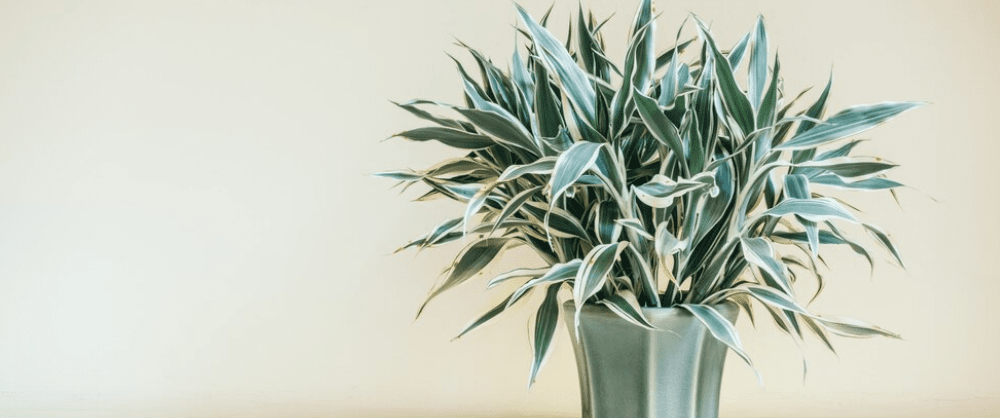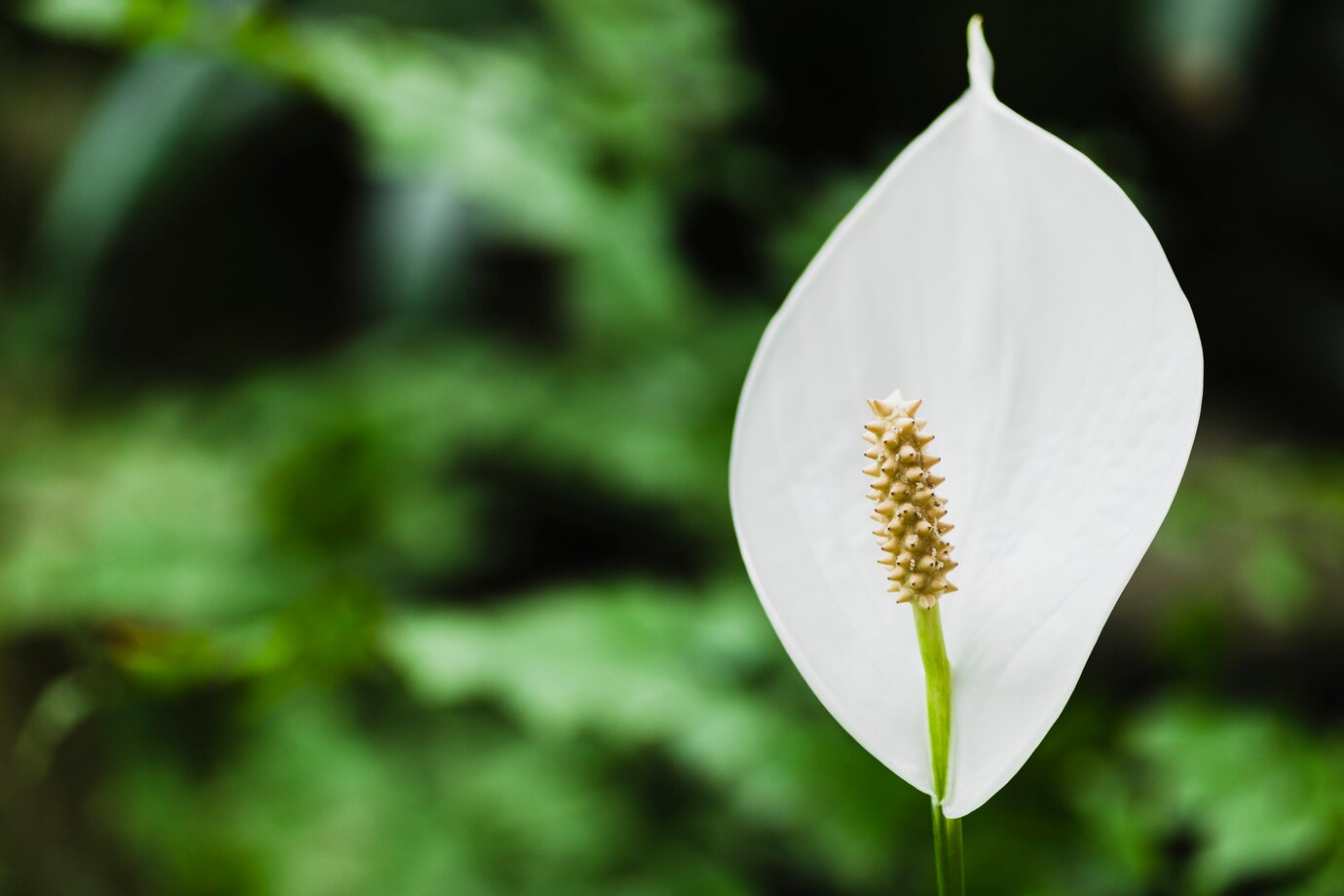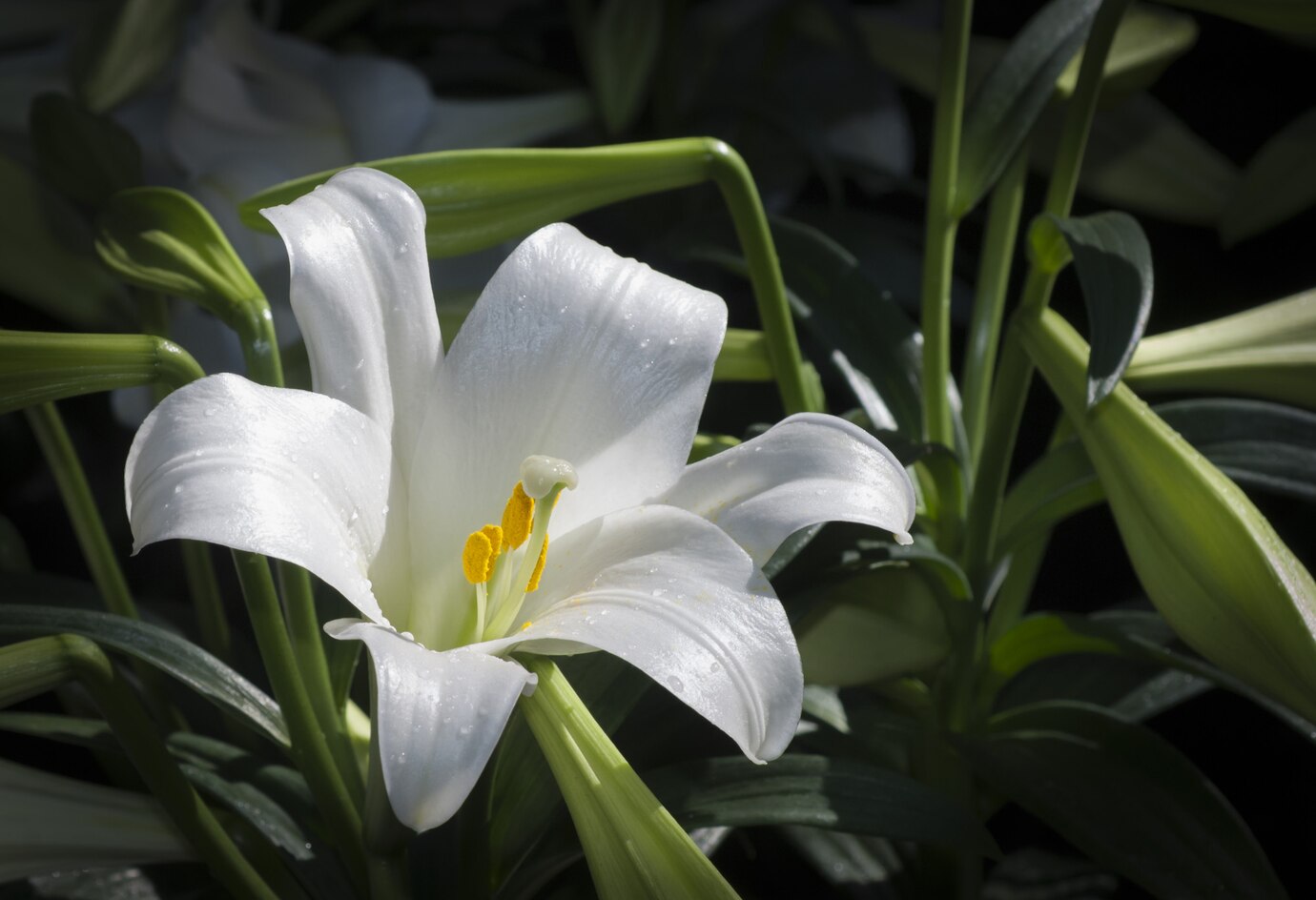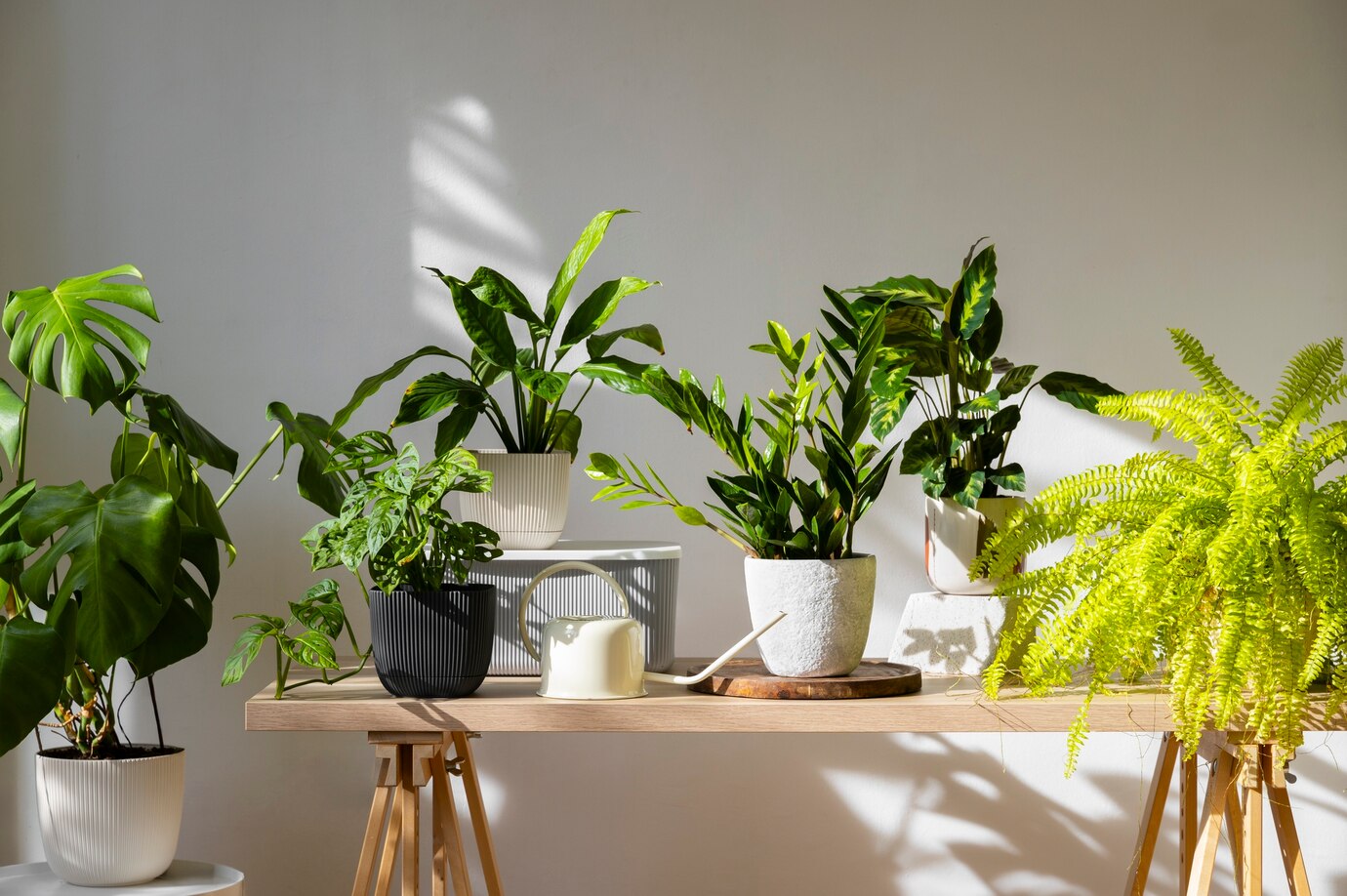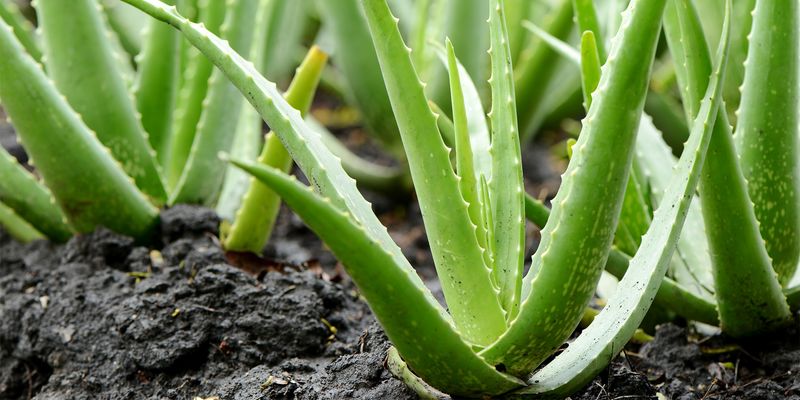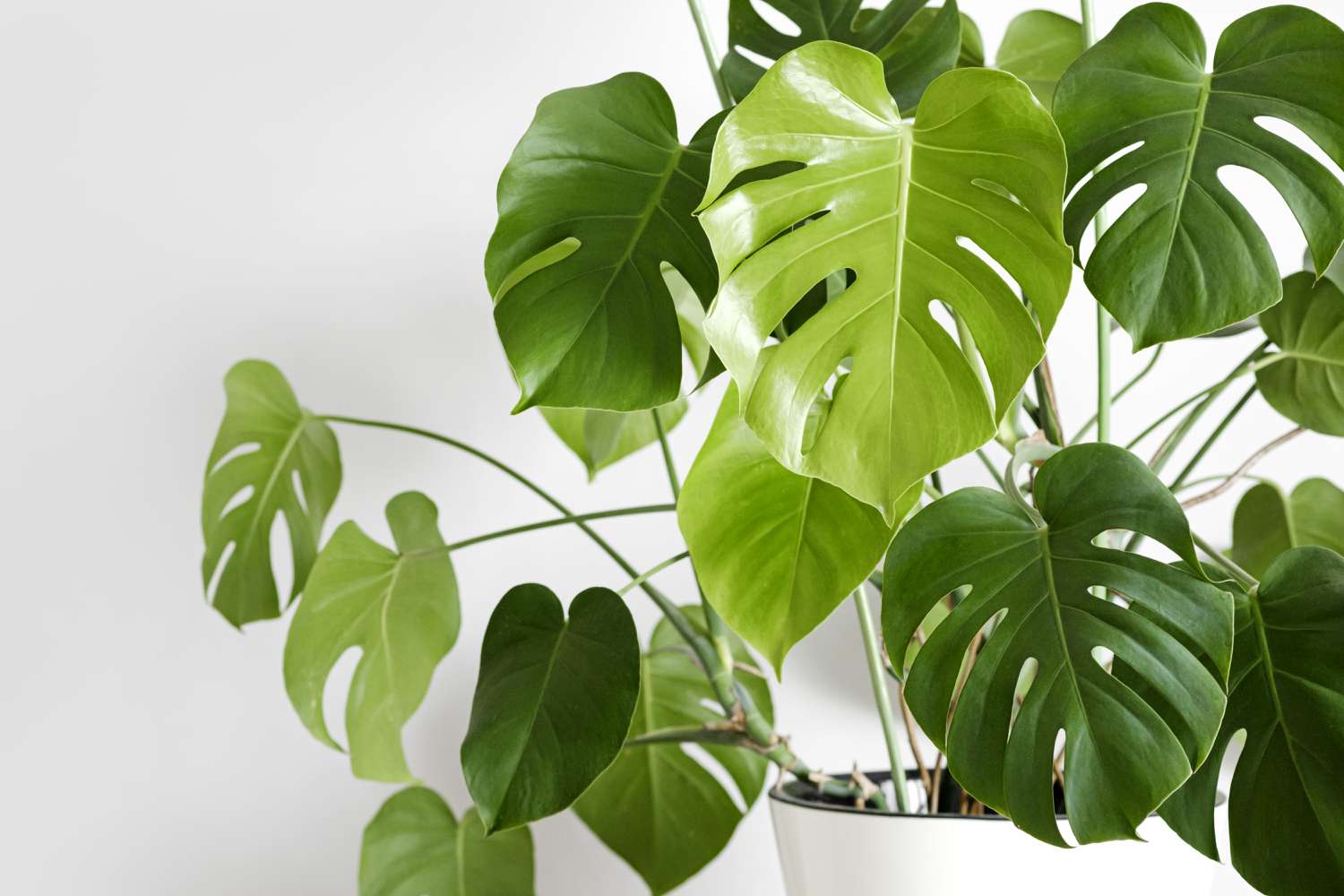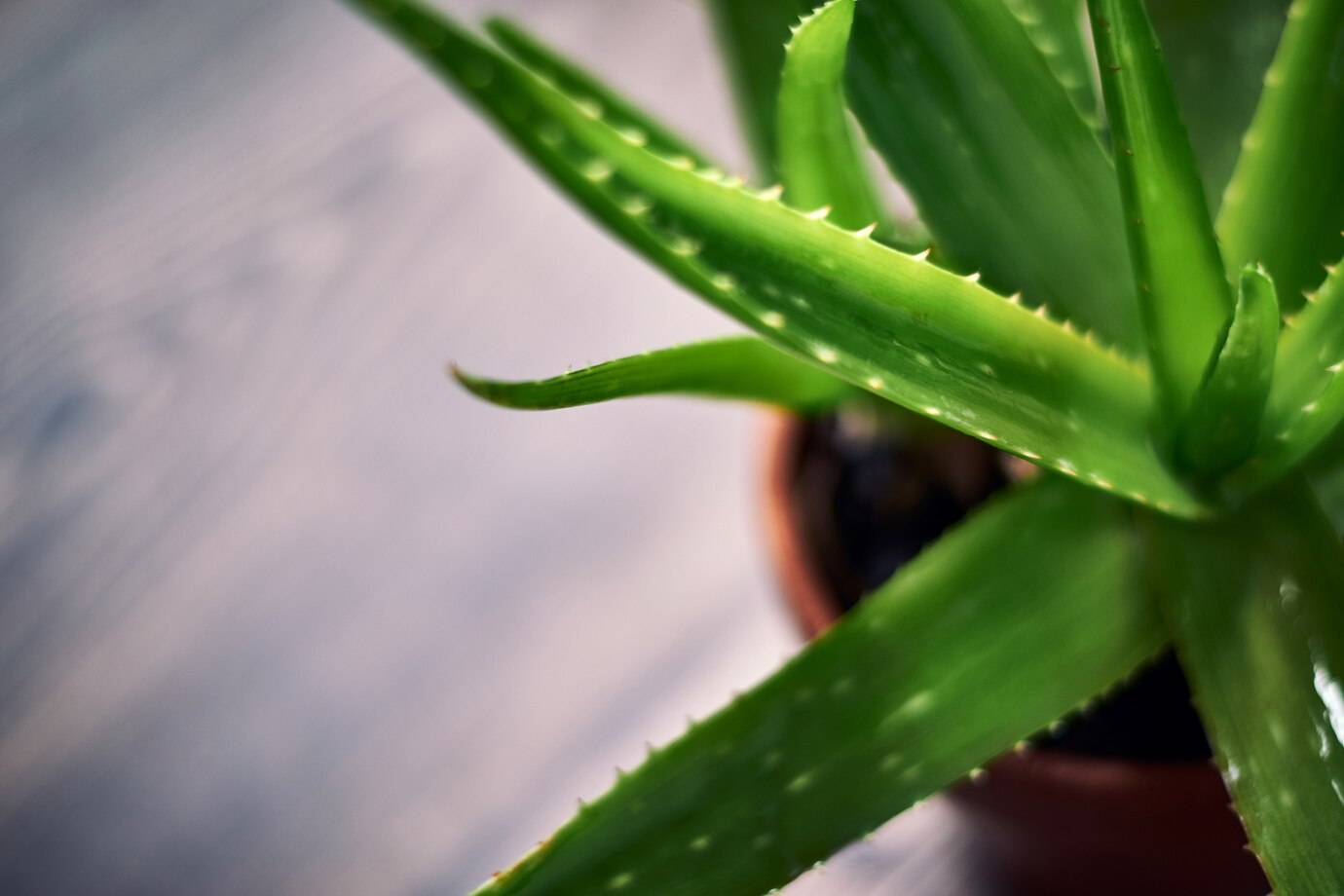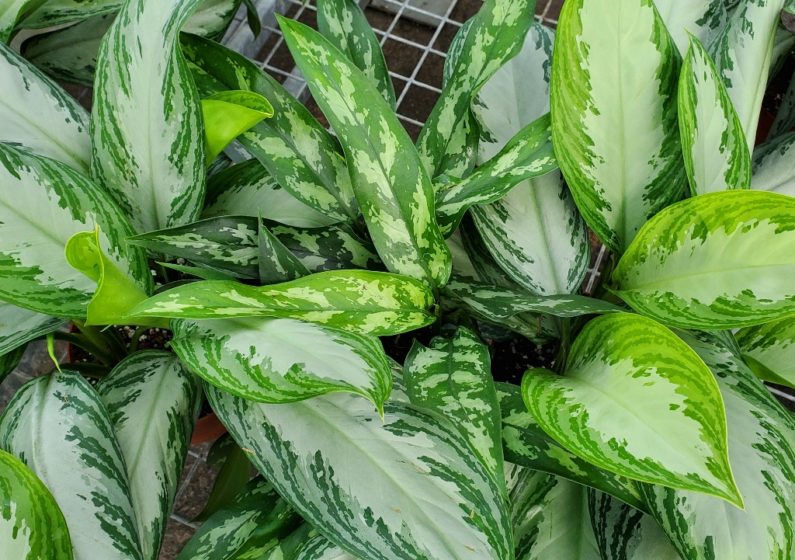The inch plant is also known as Tradescantia. It is a popular choice for both indoor spaces and outdoor containers. It is known for its striking purple and silver-striped leaves, which add a touch of color and charm wherever it grows. It’s especially great for beginners since it thrives in nearly any indoor setting and requires minimal effort to maintain.
Table of Contents
ToggleWhy is it called an Inch Plant?
The name “inch plant” comes from the spacing between its leaf nodes, as each is about an inch apart. These fast-spreading plants grow along trailing stems, and each section of the stem can easily root to form a new plant when placed in moist soil. That’s what makes Tradescantia such an easy plant to propagate.
Tradescantia is native to Mexico and grows as a perennial there. However, in most other regions, especially in North America, it’s kept as a houseplant and often placed in hanging baskets for its cascading growth habit.
Because it spreads so quickly, Tradescantia can become invasive in warmer climates, especially in the southeastern U.S. To avoid it taking over your garden, it’s best to grow this plant indoors or limit it to outdoor containers.
Easy Care Tips for Inch Plants
Taking care of your inch plant doesn’t require much effort, but a few key practices will help it thrive. Keep these tips in mind if you want to learn how to care for the Inch plant:
Water Moderately
Inch plants like to stay moist but not soaked. While it’s important not to overwater, these plants do benefit from occasional misting and watering. Make sure the soil doesn’t become waterlogged, as this can lead to root rot. Water the plant whenever the top layer of soil begins to dry out.
Consider Temperature and Climate
Tradescantia thrives in warmer climates. If the temperature regularly drops below 20°F in your area, it’s best to keep your inch plant indoors during the colder months. In an indoor environment with consistent room temperature, your plant can grow year-round, no matter the outdoor conditions.
Provide Proper Light
Inch plants prefer bright, indirect light and partial shade. Direct sunlight can scorch their leaves, so make sure they get filtered light, especially if they’re placed near a window. If grown outdoors, be sure the plant is shielded from intense midday sun or placed in a spot where other plants offer some shade.
Tackle Pest Issues Promptly
Aphids and spider mites can sometimes infest inch plants and damage the plant if left unchecked. So be on the lookout for signs of an infestation. If you spot any pests, treat the plant with neem oil or another insecticide to keep the plant healthy and pest-free.
Prune and Propagate
Pruning your inch plant regularly will prevent it from becoming too leggy. When trimming, take the opportunity to propagate by cutting a healthy stem. Place the cutting in fresh soil with water and light, and it will soon grow into a new plant. Repot your cuttings with some fertilizer to encourage fast growth.
Fertilizer for Extra Boost
Inch plants don’t necessarily need fertilizer, but a little can help boost their growth, especially during the growing season. Use half-strength liquid fertilizer for houseplants and reapply every few months to support new growth.
Choose Well-Draining Soil
Opt for a soil that drains well and remains consistently moist. Perlite-based potting mixes work well, and be sure your pots have sufficient drainage holes to prevent water from pooling at the bottom.
Types
There are several delightful types of inch plants, each with its own unique charm. Some of the most common are:
Silver Inch Plant: This variety features stunning purple and green variegated leaves with striking silver stripes, adding a metallic touch to your indoor garden.
Purple Heart: Known for its fuzzy, rich purple foliage, this variety stands out with its deep color and distinctive texture.
Quicksilver: With its white-green variegated leaves, this variety often produces small white flowers, bringing a subtle yet elegant touch to your plant collection.
FAQs
Are Inch plants best indoors or outdoors?
Inch plants thrive indoors year-round in temperate climates. If you live in a warmer region, you can keep them in containers outdoors during the summer or year-round. However, because inch plants are considered invasive in certain parts of the Southern U.S., it’s best not to plant them directly in the ground.
Where should I place Inch plants?
Position your inch plant in an area with bright, indirect light. An ideal location is a window that receives morning sun or is a few feet from a window with all-day or afternoon sun.
Should I mist my Inch plant?
Misting is unnecessary for inch plants, as it doesn’t effectively increase the humidity around them. They do well in average indoor humidity. If your space is arid, you can raise humidity by grouping the inch plant with other houseplants or using a small humidifier nearby.

